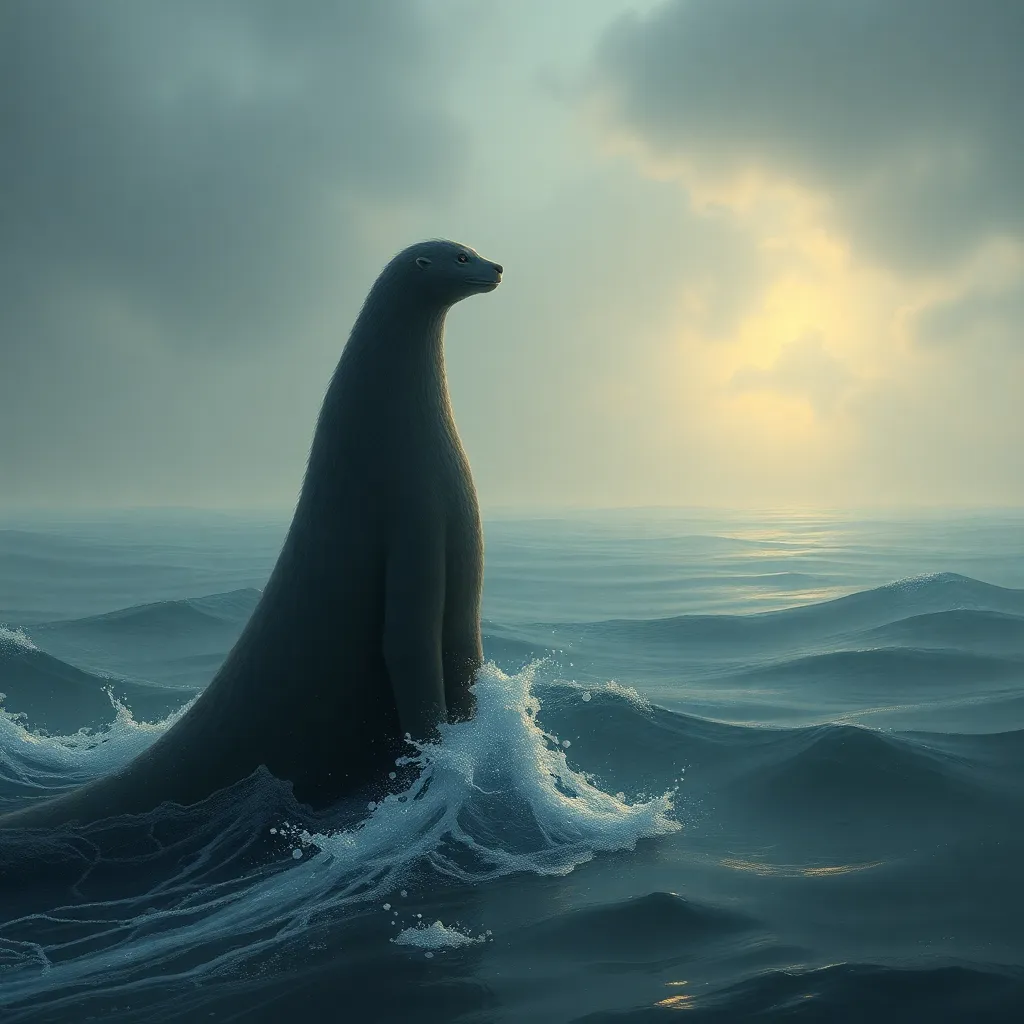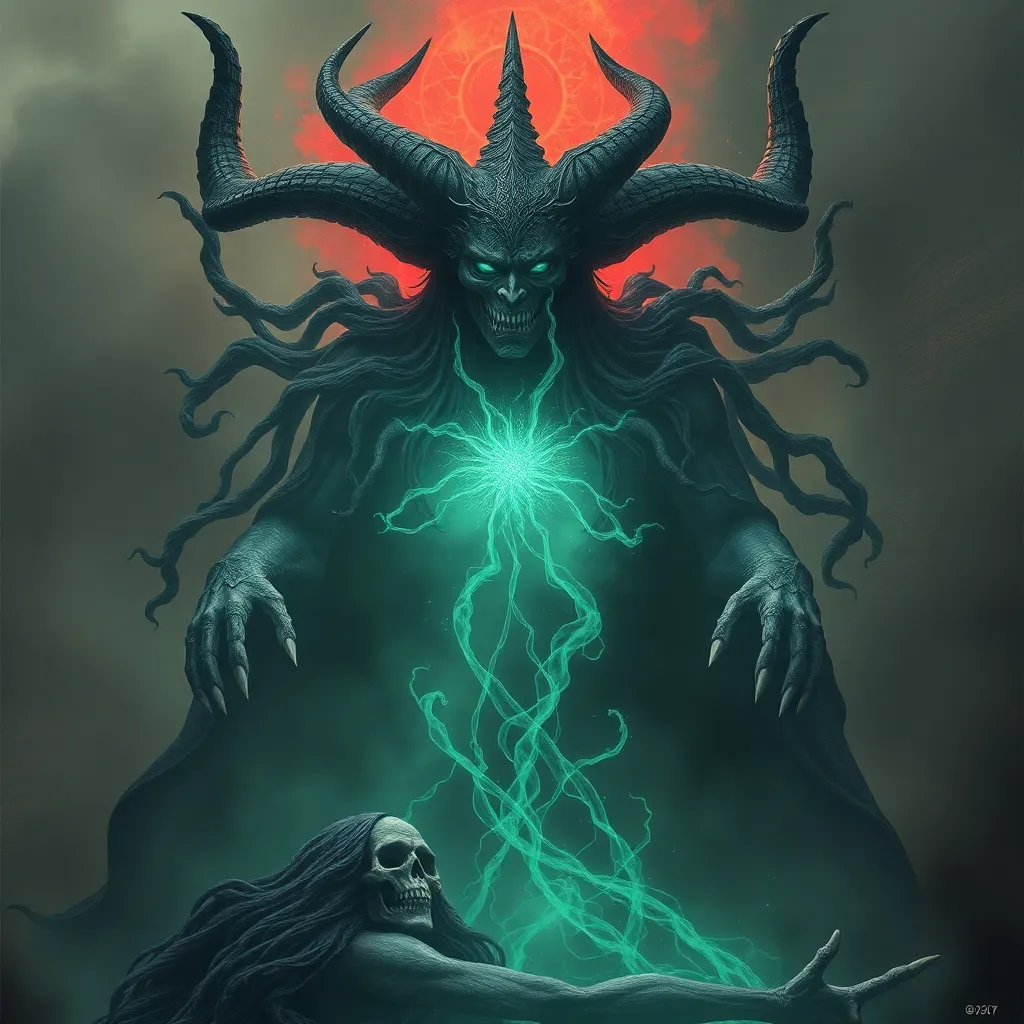The Selkie’s Role in Art and Literature: Examining the Myth’s Artistic Expression
I. Introduction
The myth of the Selkie, a creature that can transform from seal to human, has captivated imaginations for centuries. Originating from the rich folklore of coastal communities, particularly in Scotland, Ireland, and the Orkney Islands, Selkies embody themes of transformation, love, and the bittersweet nature of existence. Exploring the representation of Selkies in art and literature not only illuminates their cultural significance but also reveals the timeless human experiences they symbolize.
This article aims to delve into the origins of the Selkie myth, its manifestations in literature and visual arts, and its influence on contemporary culture. By examining these aspects, we can appreciate the Selkie’s enduring presence in artistic expression and its resonance with themes that are as relevant today as they were in the past.
II. The Origins of the Selkie Myth
Selkie folklore has its roots in the oral traditions of the Celtic peoples. Historically, these tales were passed down through generations, often serving as cautionary stories or reflections of societal values.
A. Historical background of Selkie folklore
The earliest references to Selkies can be traced back to the early medieval period. These stories often depict Selkies as gentle and loving beings, capable of human emotions but ultimately bound to the sea.
B. Geographic regions associated with Selkie legends
- Scotland
- Ireland
- Orkney and Shetland Islands
- Faroe Islands
Each region has its unique interpretations and variations of the Selkie myth, reflecting local culture and environmental conditions.
C. Cultural significance of Selkies in coastal communities
In coastal communities, Selkies symbolize the connection between humans and the sea. Their stories often explore the themes of loss and longing, resonating deeply with the experiences of fishermen and their families.
III. Selkies in Literature
Literature has been a vital medium for exploring the Selkie myth, with both traditional and modern narratives shedding light on its enduring appeal.
A. Traditional narratives and folk tales
Traditional tales often depict Selkies as tragic figures, torn between two worlds. One common narrative involves a fisherman who captures a Selkie’s seal skin, forcing her to remain on land as his wife, only for her to eventually reclaim her true identity and return to the sea.
B. Modern interpretations in novels and short stories
Contemporary writers have reimagined the Selkie myth in various ways. For example:
- In Sarah Perry’s “The Essex Serpent,” elements of the Selkie story are woven into themes of scientific inquiry and superstition.
- In “The Seal Wife” by Kathryn M. E. Harnish, the narrative explores the complexities of love and the sacrifices made for it.
C. Thematic elements: identity, transformation, and longing
The Selkie myth frequently addresses profound themes such as:
- Identity: The tension between human and animal forms.
- Transformation: The ability to shift between worlds.
- Longing: The desire for belonging and the pain of separation.
IV. Selkies in Visual Arts
Artists have drawn inspiration from Selkie stories, translating their essence into visual art forms.
A. Depictions of Selkies in painting and sculpture
Throughout history, Selkies have been depicted in various artistic forms. Notable examples include:
- Paintings that capture the ethereal beauty of Selkies emerging from the sea.
- Sculptures that evoke the grace and fluidity of their movements.
B. The role of Selkies in contemporary visual storytelling
In modern visual storytelling, Selkies appear in films and animations, often symbolizing freedom and the struggle for identity.
C. Symbolism and artistic techniques used to convey the Selkie myth
Artists utilize various techniques, such as:
- Color palettes that reflect the ocean’s moods.
- Dynamic compositions that evoke movement and transformation.
V. Selkies in Music and Performance
The myth of the Selkie has also found its way into the world of music and performance, enriching these art forms with its emotional depth.
A. Folk songs and ballads inspired by Selkie stories
Traditional folk songs often recount Selkie tales, capturing the melancholy and beauty of their stories. Examples include:
- “The Selkie of Sule Skerry,” a haunting ballad about love and loss.
- “The Great Selkie of Sule Skerry,” which tells of a Selkie’s tragic fate.
B. The Selkie myth in theater and dance
Theater productions have adapted Selkie narratives to explore themes of love, identity, and sacrifice, while dance performances often translate the fluidity of the Selkie’s movements into captivating choreography.
C. Influence of Selkies on modern music genres
Modern musicians across genres have incorporated Selkie themes into their work, reflecting contemporary issues of identity and belonging.
VI. Thematic Analysis of the Selkie Myth
The Selkie myth is rich with thematic elements that resonate with audiences across time and cultures.
A. Exploration of themes such as love, loss, and freedom
At its core, the Selkie myth deals with the complexities of love, the pain of loss, and the yearning for freedom. These universal themes allow for a deep emotional connection with the story.
B. The duality of human and animal nature
Selkies embody the duality of existence, representing the struggle between human desires and animal instincts, prompting reflection on our own identities.
C. Environmental consciousness and connection to the sea
Selkie stories often evoke a strong connection to the sea, highlighting the importance of environmental stewardship and our relationship with nature.
VII. The Influence of the Selkie Myth on Contemporary Culture
In recent years, there has been a resurgence of interest in folklore, including the Selkie myth, within modern media.
A. The resurgence of interest in folklore in modern media
Folklore is increasingly being reinterpreted in films, television, and literature, with Selkies featuring prominently in narratives that explore themes of identity and belonging.
B. Adaptations of the Selkie myth in film and television
Films such as “The Secret of Roan Inish” and the animated feature “Song of the Sea” highlight the Selkie myth, bringing it to new audiences and reinvigorating interest in its rich symbolism.
C. The Selkie as a symbol of empowerment and resilience
In contemporary interpretations, Selkies are often portrayed as symbols of empowerment, representing the strength to reclaim one’s identity and the resilience to navigate life’s challenges.
VIII. Conclusion
The Selkie’s impact on art and literature is profound, spanning centuries and cultures. From traditional folk tales to modern adaptations, the Selkie myth continues to inspire and resonate with audiences, reflecting the complexities of human experience.
As we reflect on the enduring nature of the Selkie myth, it becomes clear that its themes of love, loss, and transformation remain relevant today. The Selkie, as a figure of both beauty and sorrow, invites us to explore our own identities and connections to the world around us.
In conclusion, the representation of Selkies in contemporary artistic expression serves as a reminder of the timeless power of myth and the enduring human spirit.



